Could driverless trams come to your town or city?
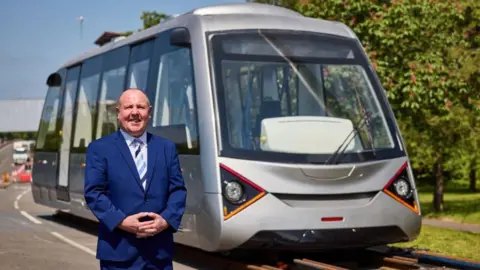 LDRS
LDRSCoventry's tram network, like much of the city, was destroyed during World War Two.
Now, 85 years since the last tram ran in the city, they may be set to return, thanks to new technology called Very Light Rail (VLR).
It's hoped the technology, parts of which have been developed in the West Midlands, could make trams affordable for other towns and cities across the world. Here we explain more.
What is Very Light Rail?
It's like a tram but with different technology that will likely make it more cost effective and greener.
Rather than the train-like systems we currently see in cities like Manchester and Birmingham, VLR involves single, battery-powered cars that can each transport around 50 people.
At first, they will require drivers – but the aim is for the system to be autonomous.
Tram cars will be recharged regularly, rather than relying on overhead power cables or electrified lines seen on other transport systems.
And, with the latest iteration devised in partnership with Coventry City Council, it will work with specially engineered concrete slabs embedded into the road surface with tracks laid on top.
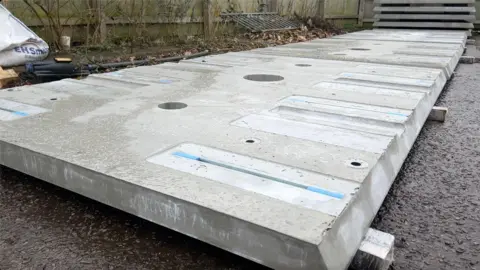
Why not just use normal trams?
For medium-sized cities like Coventry, full size tram networks are simply unaffordable.
For comparison, the one-mile long Eastside Metro extension in Birmingham has a budget of £245m.
Coventry City Council aims to demonstrate that VLR can be delivered at a cost of around £16m per mile.
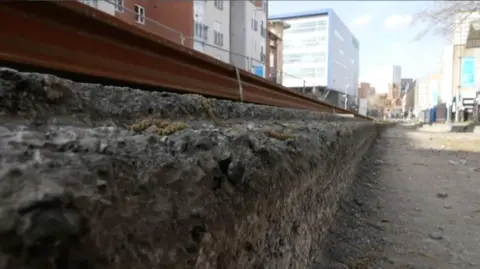
One of the main reasons it could be more cost effectiveness is that the VLR system requires engineers to dig just under 1ft (30cm) into roadways – compared to around 3ft (1m) for traditional trams.
This means there is rarely any need to interfere with underground utilities, significantly reducing costs and the amount of time it takes to install.
There is also no need to electrify routes, making the technology much cheaper.
Therefore, a VLR track should take less than half the time it would to install a traditional tram system.
Why are Coventry doing this?
The idea was originally formulated by Coventry City Council as a way of linking up the city with the proposed HS2 stop in Solihull.
Trams were seen as a possible solution but, as well as the cost, the city's layout was seen as prohibitive.
However, since then the system has shown potential to be a cross-city transport solution instead, but will need to secure funding in order to be delivered.
Previous iterations of VLR systems were not suitable for use in urban environments. But new technology changes that by using special weight bearing concrete slabs and vehicles specially designed for tight corners.
The new system has been developed by the council in partnership with WMG at the University of Warwick and the Black Country Innovative Manufacturing Organisation, which runs the Dudley Very Light Rail National Innovation Centre (VLRNIC).
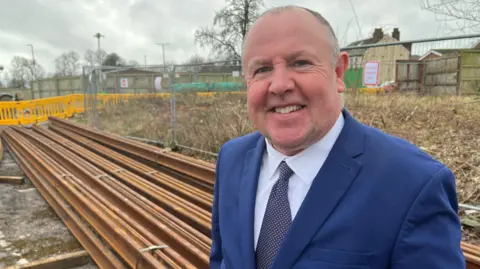
Councillor Jim O'Boyle, Labour cabinet member for regeneration, said: "It's smaller than a bus and it fits very comfortably into a relatively small road area.
"The good thing, as well, is that it goes around very tight corners and that makes it completely unique.
"There's no other rail-based system anywhere in the world that can turn the tight corners that this system can – and that is why it's ideal for a city the size of Coventry."
Where and when could the trams run?
A 220m demonstrator track running between Greyfriars Road and Queen Victoria Road is already under construction and is due to be up and running by the end of May.
Members of the public will be able to apply to ride on the demonstrator, with details due to be published in the coming weeks.
Other lines in the proposed network would link the city centre with the Coventry Building Society Arena to the north, University Hospital to the east, Coventry Airport in the south east and Warwick University to the south west.
The city council is targeting 2027 for the first full route to be installed in the city – with the airport route likely to now be prioritised.
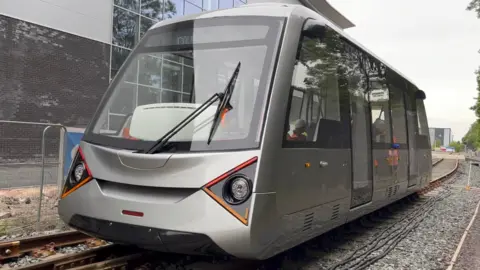 Coventry City Council
Coventry City CouncilHow much has been spent on the project?
A total of £32.1m of public money has been committed to the project since it was first publicly discussed in 2017.
Around £26.5m has been spent to date, with that funding being provided by the Government's Department for Transport via the West Midlands Combined Authority.
The money has been spent on developing the vehicles at a facility in Dudley, as well as the track technology.
Why aren't other cities doing this?
The main reason this hasn't happened before is because the technology to make it hasn't existed.
Ironically, it's now been made possible by a mode of transport it could partly replace.
Christopher Micallef, Coventry City Council's VLR programme lead, said: "Battery technology that has been developed in the automotive world is what makes a battery-powered tram possible.
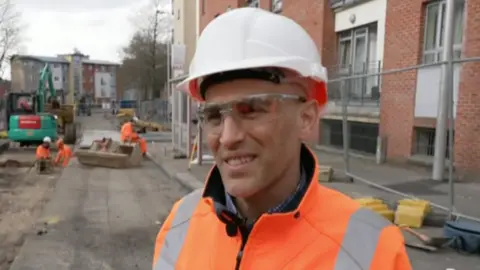
"In the same way, the concrete that makes our slabs possible is an innovation only available in these last years."
He said "the whole point" of the project was to make tram technology affordable for smaller towns and cities.
Coventry City Council also has a vested interest in making the technology a success as it owns the intellectual property rights to it, which means taxpayers could stand to benefit if it becomes mainstream.
There has already been international interest too, with active discussions taking place with interested parties in Canada, New Zealand, Argentina and The Philippines.
Is it environmentally friendly?
Adding to the technology's appeal are the potential environmental benefits as cities look to cut emissions, as well as costs.
Firstly, introducing a tram network should reduce the amount of vehicles on the road - assuming it is well used.
While there would be some environmental impact associated with the production of the batteries and the wider system, those responsible for delivering VLR believe its green credentials are still strong.
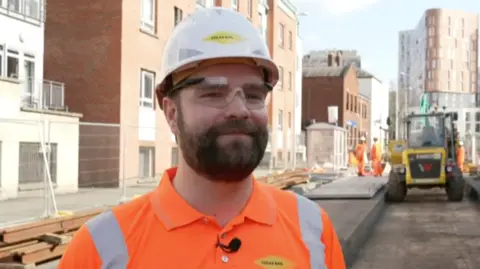
Hamish Falconer is project manager at Colas Rail, which is installing the demonstrator track. He said: "With efficiency comes time, comes money, comes cost, comes reduction in labour as well.
"So less people, less machines, less material removed from site - makes this a really green way to deliver light rail.
"(There is) a lot less imported material as well. The fewer amount of materials we remove, and the fewer amount of materials we bring in, ultimately means a greener construction."
Is everyone convinced?
While Coventry City Council advocates for the benefits of VLR, not everyone has fully bought into the idea. The Government, which has provided funding to date, seems reluctant to fully back the project at a time when money is tight.
Even the length of the city's demonstrator track has had to be scaled back - with the plan originally for it to run half a mile (800m) between Coventry railway station and Pool Meadow bus station.
But it's hoped a successful trial on the 720ft (220m) demonstrator track could unlock more funding and allow VLR to be rolled out across the city.
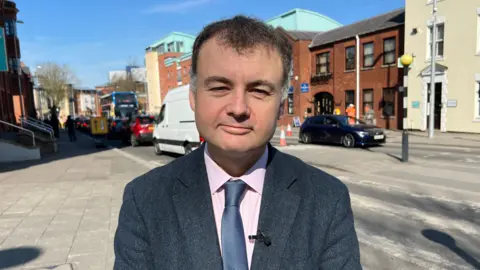
Councillor Gary Ridley is the Conservative opposition leader on the council. He said: "There are lots of questions now within local transport circles, and within the local community, about whether this project does represent value for money."
He added: "At this moment in time, people are starting to say will this represent value for money, does it actually solve the problems we need to solve?
"They were quoting something like £100m just for one leg of it a few years ago, and people have asked the question would that money be better off spent on bus services?"
Follow BBC West Midlands on Facebook, X and Instagram. Send your story ideas to: [email protected]
